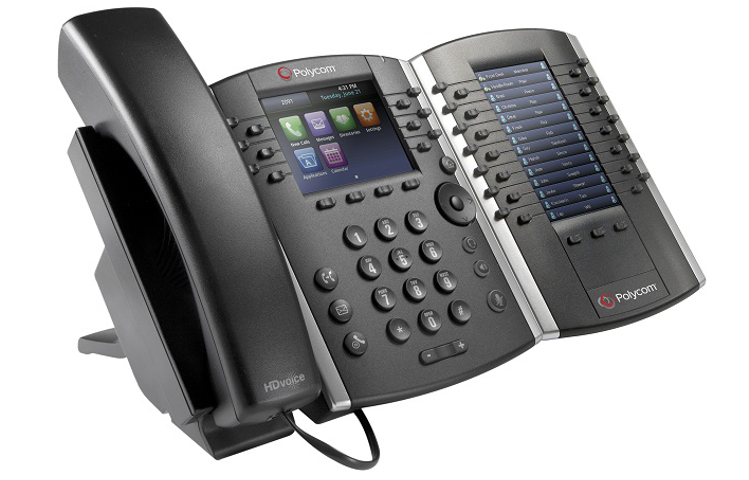What Is A IP PBX?
Also known as a PBX, Unified Communications System or business phone system, a PBX acts as the central switching system for phone calls within a business. IP PBX systems handle internal traffic between stations and act as the gatekeeper to the outside world. The initials PBX stand for Private Branch Exchange, a very old fashioned term for a system that has evolved significantly over the past century.
A traditional PBX is made up of two key elements: lines and stations. The lines, sometimes called trunks, are connections to the global public switched telephony network (PSTN) by way of a telephone company. Stations are simply telephones or other endpoint devices like fax machines, modems and credit card terminals.
The original mission of the PBX was to provide shared access to limited resources. Rather than having a separate phone line for each phone, a business could share a small pool of lines across a much larger pool of stations. When a call came it was answered by an operator who then connected it with the appropriate person or department. When someone inside needed to make a call, the operator connected them with an available line. Frequently these early systems were simply called “switchboards”.

